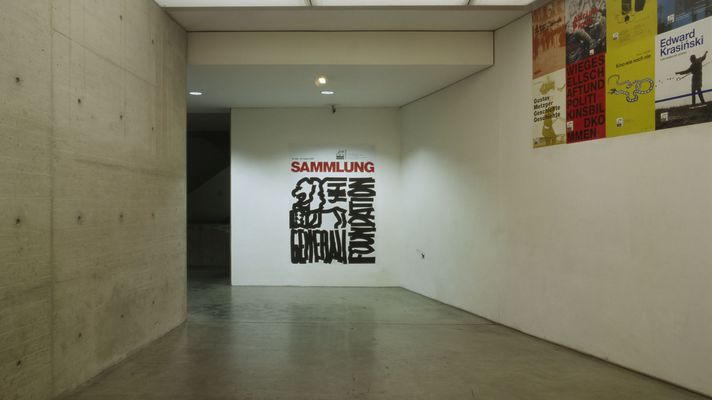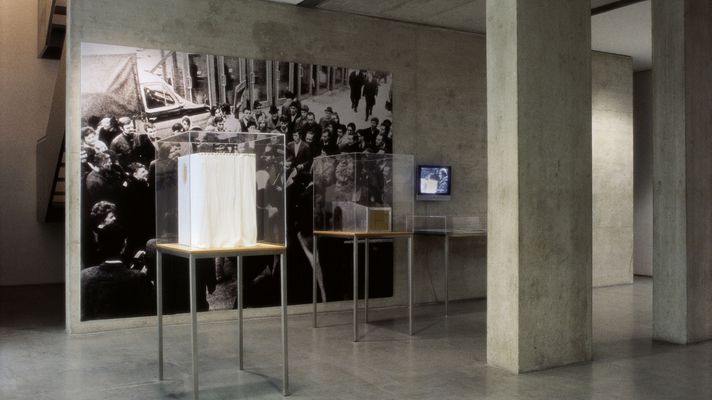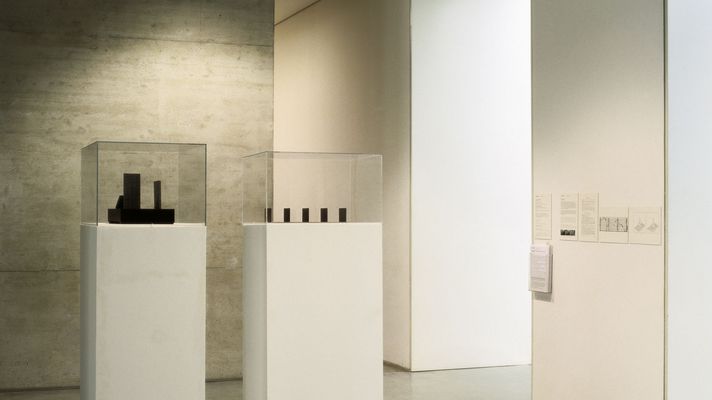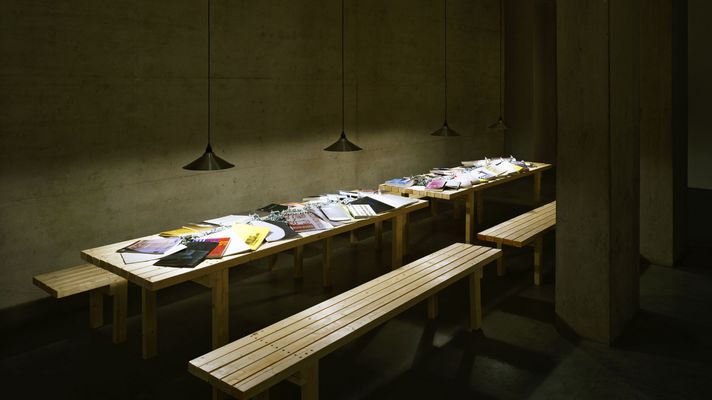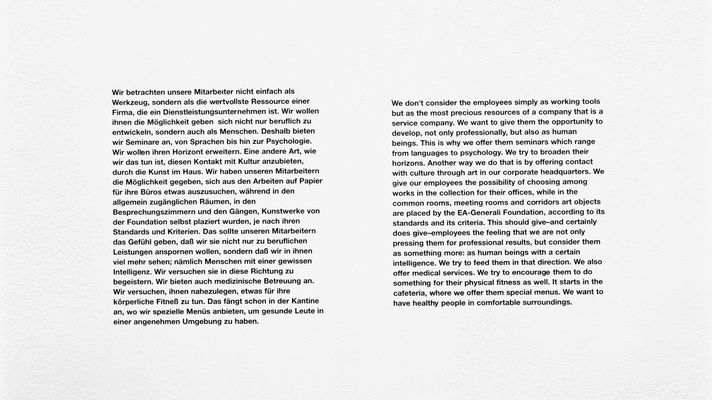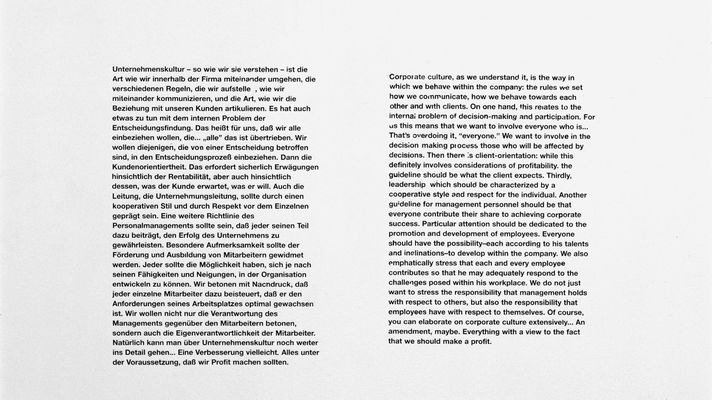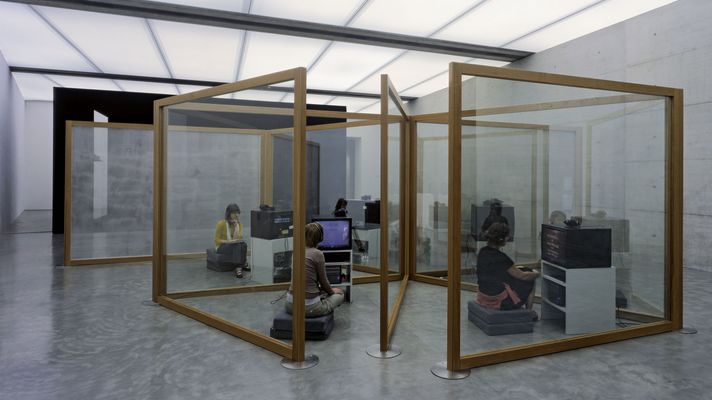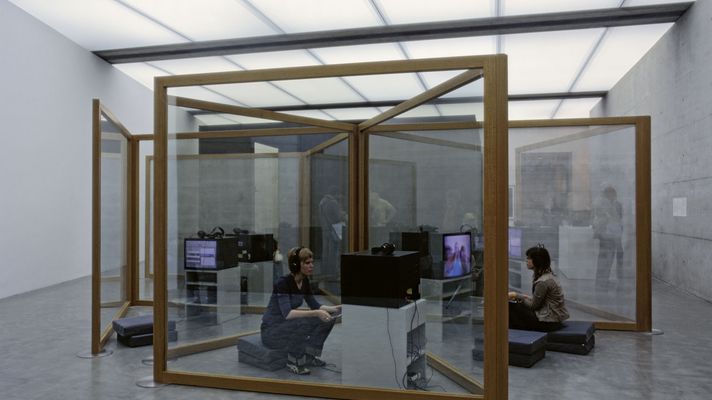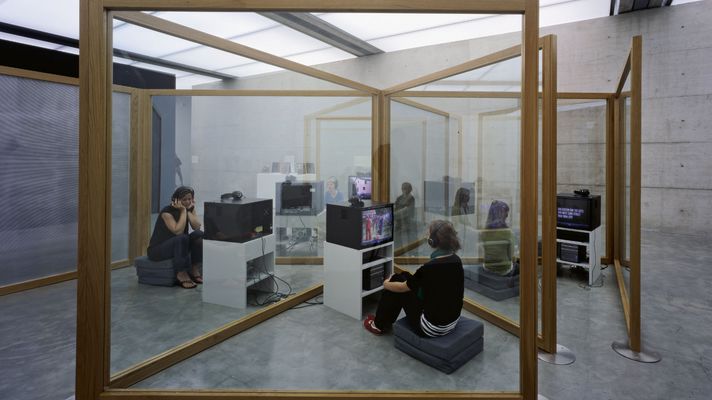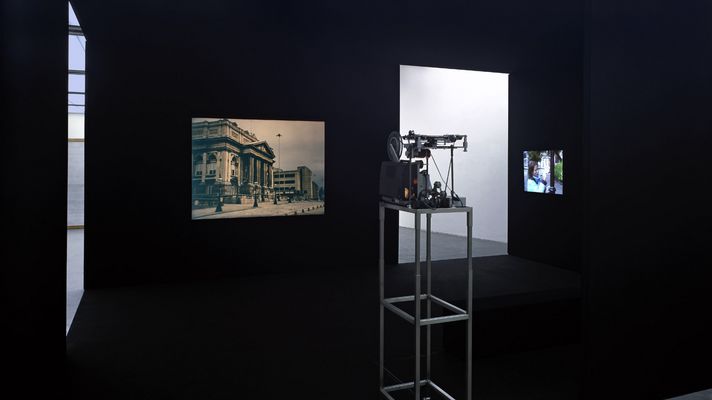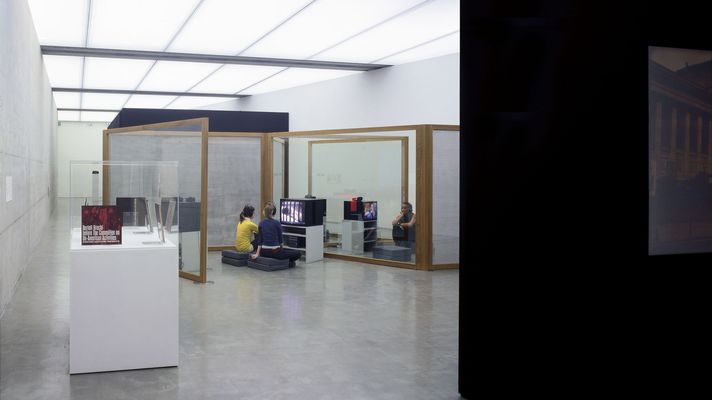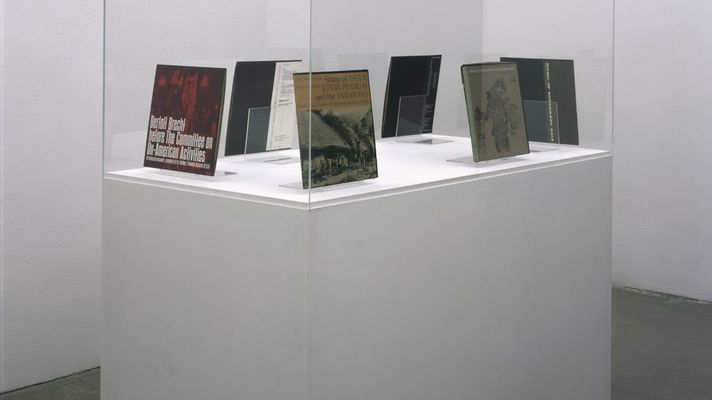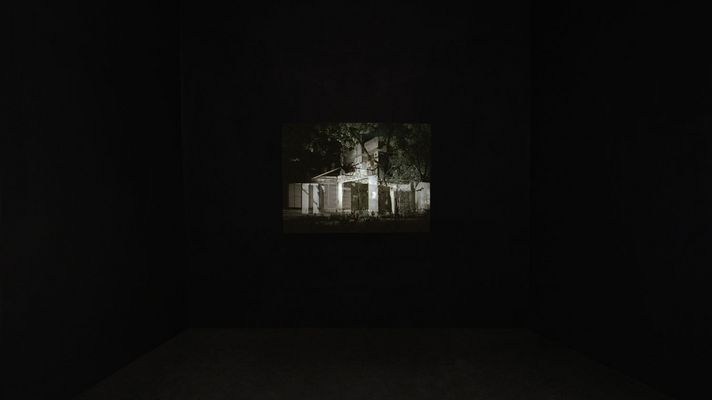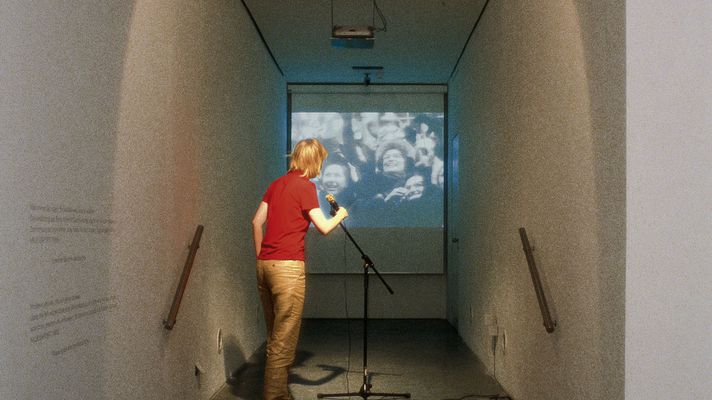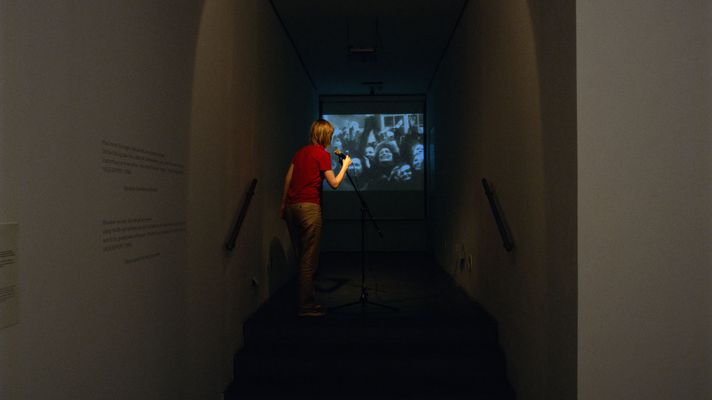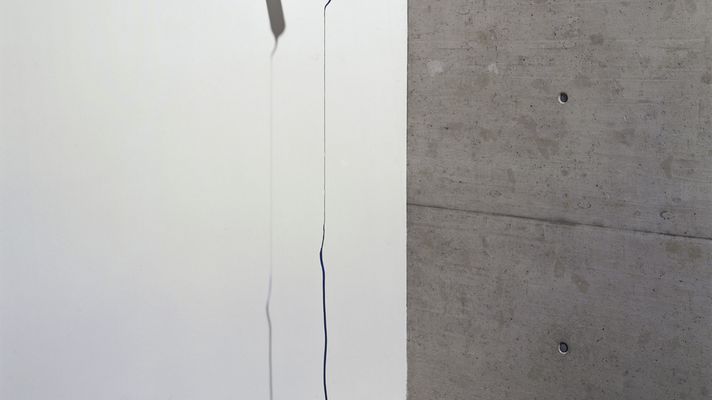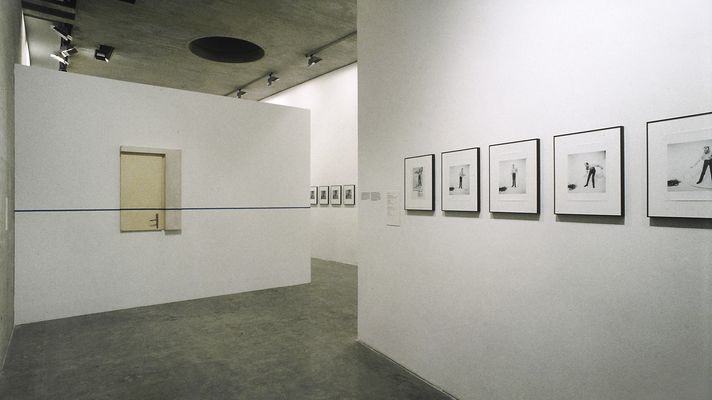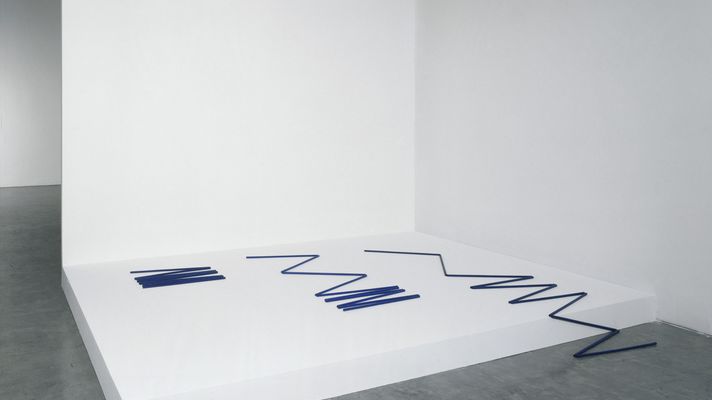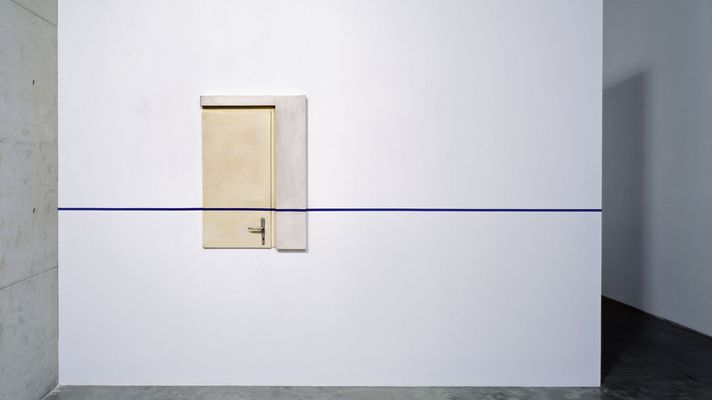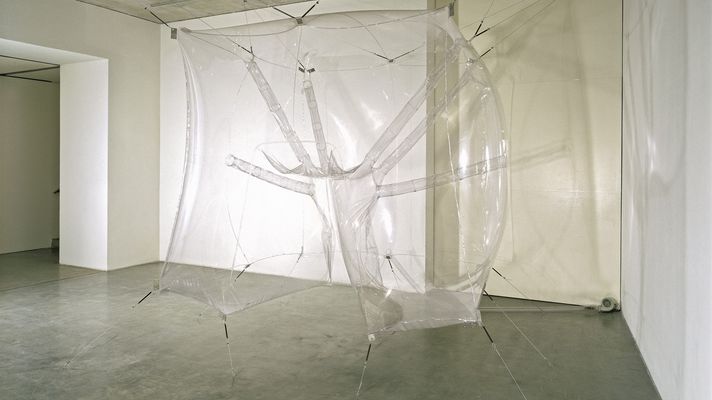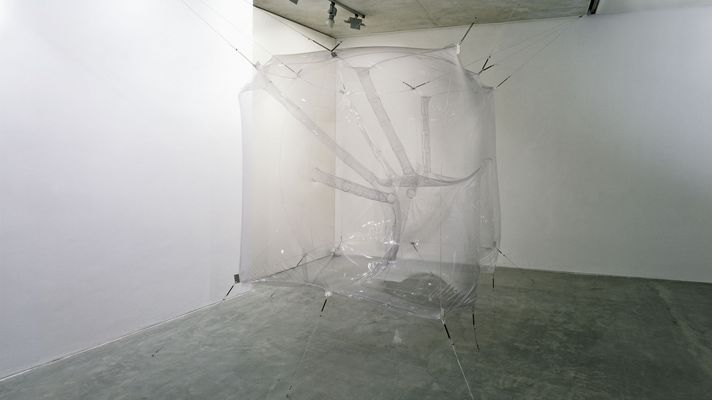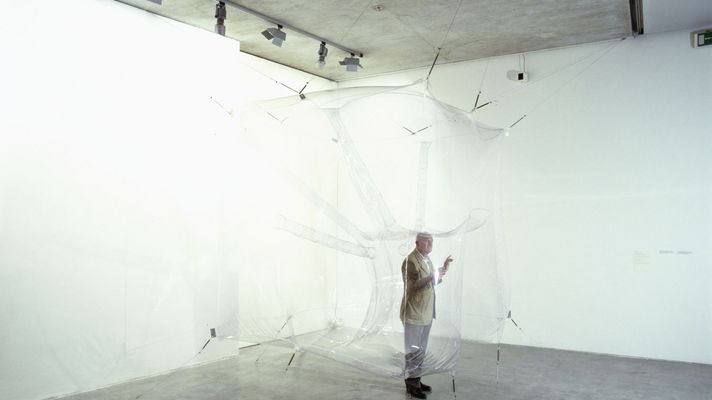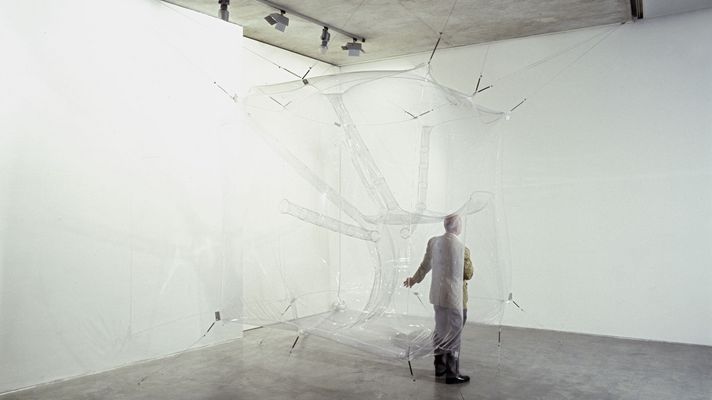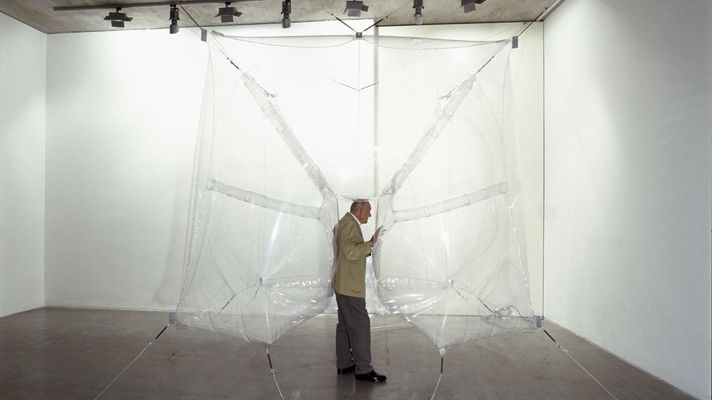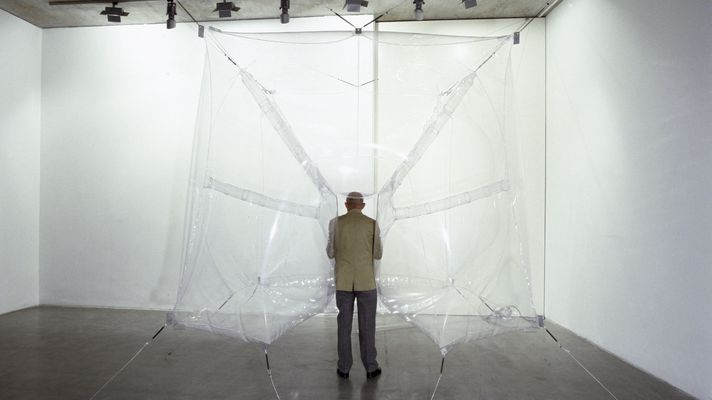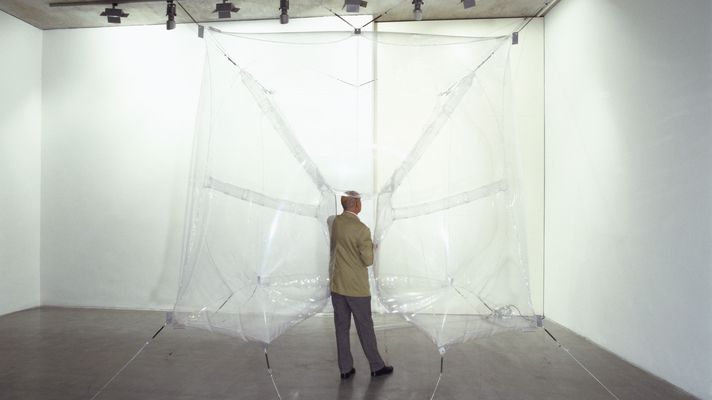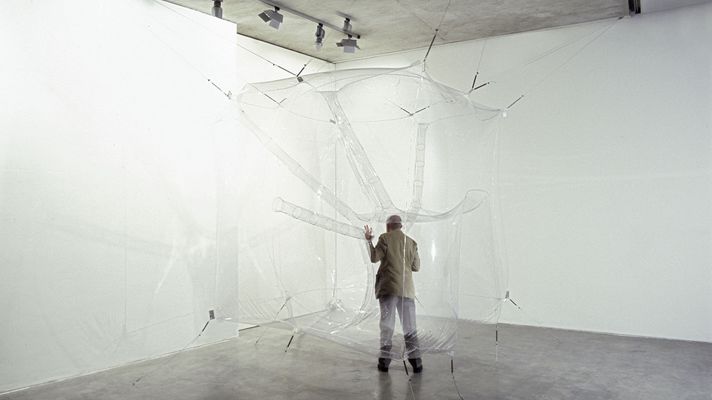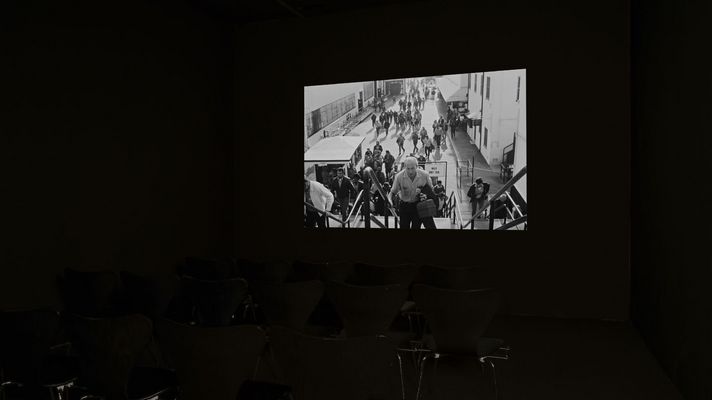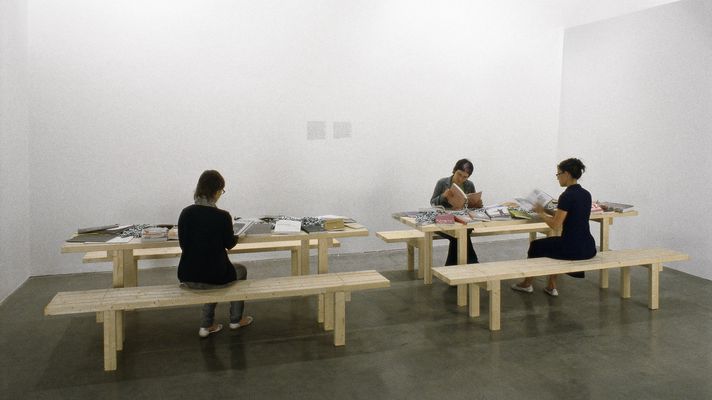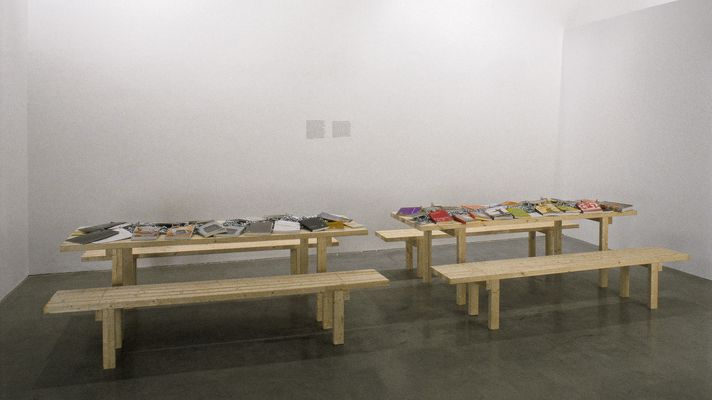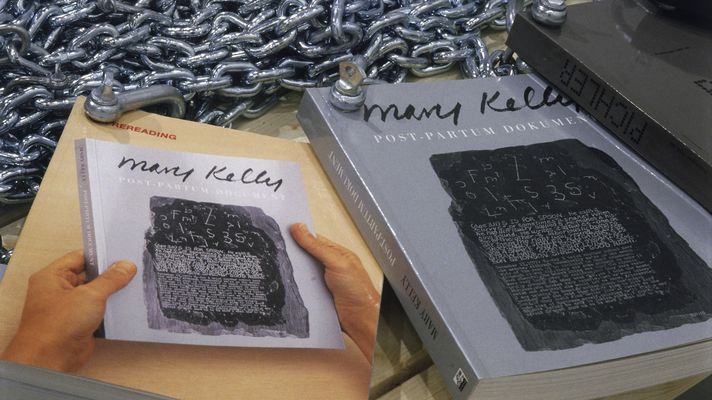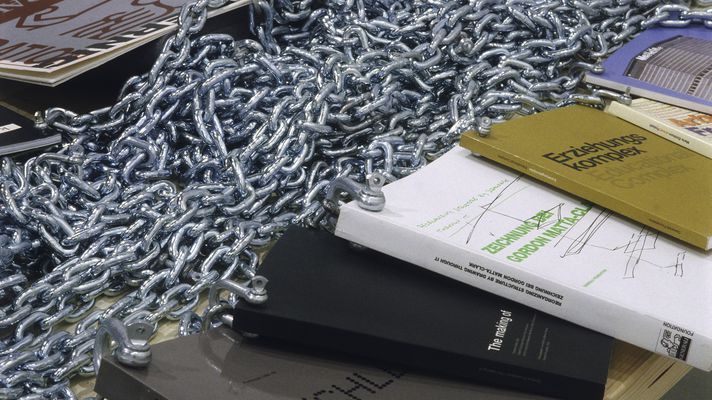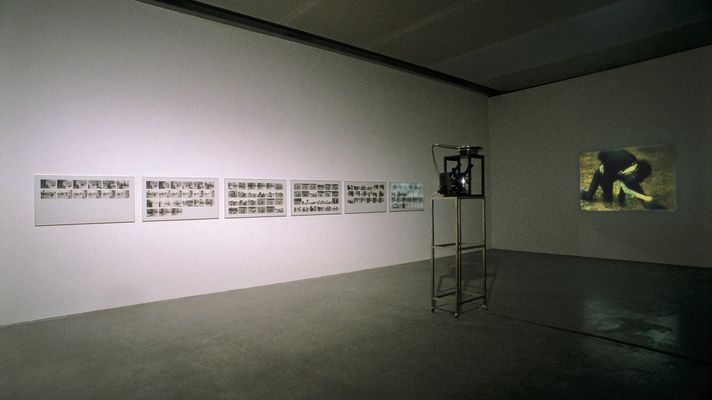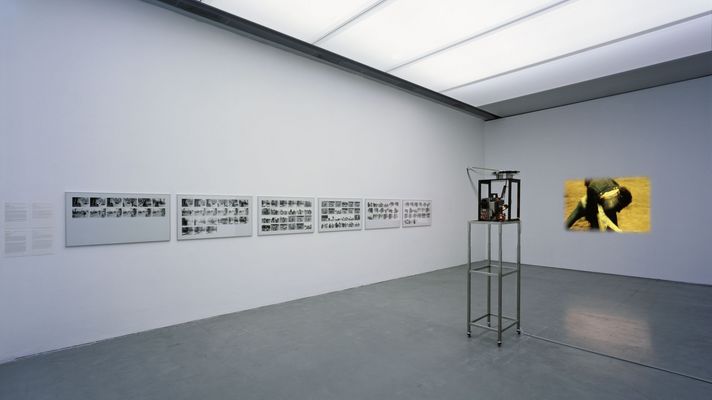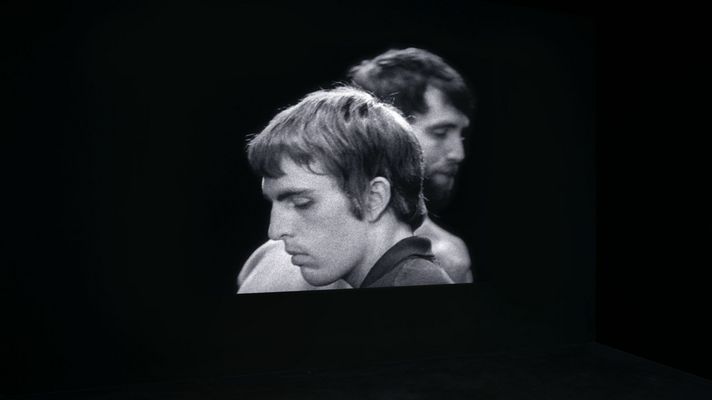COLLECTION
24 May through 26 August 2007
Place of exhibition: Generali Foundation, Wiedner Hauptstraße, 1040 Vienna
Works by Robert Barry, VALIE EXPORT, Andrea Fraser, Dan Graham, Klub Zwei, Edward Krasinski, David Lamelas, Dorit Margreiter, Gustav Metzger, Walter Pichler, Mathias Poledna, Florian Pumhösl, Allan Sekula, Heimo Zobernig, and many other artists in the video program with more than 400 art videos.
The Generali Foundation stands for discourse-oriented, critical, and conceptual art from the 1960s to today. After four comprehensive and highly successful presentations abroad, the Generali Foundation is devoting an exhibition to its international collection of contemporary art at its Vienna home for the first time since 2003.
“Some of it is familiar,” “Some of it is unknown,” and “There is always more of it being revealed”—these lines from Robert Barry’s slide projection "It can change …" (1970/71) serve as a motto of sorts for this exhibition from the collection. In addition to a number of well-known key works such as VALIE EXPORT’s "TAP and TOUCH CINEMA" (1968), primarily new acquisitions will be on view—some of them shown in Vienna for the first time.
Of course, many other positions among the more than 2000 works held by the Generali Foundation could be presented. For the Foundation has in recent years continued its successful practice of using the extensive research for retrospectives such as that of Edward Krasinski’s oeuvre for new acquisitions, while also focusing on collecting the works of a younger generation. The works selected for the present show offer an insight into this privately financed collection of art, which has acquired outstanding international renown thanks to its focus, concision, and concentration on substantial high quality. Since the Generali Foundation, in contrast to many public institutions, does not attempt to cover the entire spectrum of contemporary tendencies but rather consistently explores its focused program, connections and correlations on different levels emerge between individual works and between various artistic practices.
Thus, Heimo Zobernig’s especially for the collection produced 2007 contribution, which expands the traditional concept of sculpture, is comparable, in its functionality, to Dan Graham’s "New Design for Showing Videos" (1995). In their precise realizations of forms of presentation for a contemporary art institution, both artists structure the viewers’ reception and thus direct their perception also toward the institutional framework, in effect exhibiting the latter as well. At this juncture points of contact emerge with Andrea Fraser’s institution-critical work "Art Education" (1995), which was also commissioned by the Generali Foundation and explicitly examines this institution.
Allan Sekula’s "Untitled Slide Sequence" (1972) and Dorit Margreiter’s film and video installation "Grandeur et décadence d’un petit commerce de cinéma" (Greatness and Decline of a Small Cinema Business, 2004) share an interest in the beginnings of film. In his slide projection, which is inspired by motifs from the Lumière brothers’ "Workers Leaving the Factory", Sekula seeks to bypass the limitations of the individual photograph by placing images in a sequence, and moreover by adding a precise caption that situates them historically and hence also politically. Margreiter, by contrast, places the emphasis in her work on the encompassing fictionality of conventional feature films, in which even cities can play “a role” by doubling another city. Argentinean-born artist David Lamelas also engages the construction of narrative in his film installation "Cumulative Script" (1971). Using repetition, accumulation, selection, and alterations in the order of sequences, his filmic and photographic analyses point toward fundamental filmic procedures.
In his film installation "Programm" (Program, 2006), Florian Pumhösl, like Margreiter, engages with a specific site and its filmic representation; Pumhösl, however, attempts to unravel the particular historical moment to which a modernist building, the Casa Modernista, is owed and to “attain” an image saturated with meaning, “to reconstruct it, to contextualize and to preserve it” (Pumhösl). In this work, created in 2006 for the Bienal de São Paulo and on view in Austria for the first time, the artist moreover examines the current repositioning of non-western avant-gardes.
This critical engagement with modernity and its virtually archaeological analysis stand in contrast to Walter Pichler’s avant-gardistic continuation of modernist architectural projects. The "Pneumatic Room" (Prototype 5, 1966), reconstructed for this exhibition, permits for the first time in the more than 40 years since the destruction of the original an engagement of this important example of 1960s Austrian architectural utopia. With the reconstruction of Pichler’s work, the Generali Foundation resumes its efforts to make lost key works of the 1960s and 1970s accessible to today’s audiences, as it did by reconstructing what is probably VALIE EXPORT’s best-known work, the "TAP and TOUCH CINEMA".
This short sketch of the multiplicity of interrelations between the individual works will have to remain fragmentary—in Barry’s words, “descriptions of it are incomplete.” And, more importantly, entirely different lines of connections can be established, emphasizing, for instance, aspects of temporality or of the criticalness of individual works and groups of works. Gustav Metzger’s "Auto-Destructive Monument" (1960) will then move to the forefront, along with questions to the precise historical references of art, and hence its social and political localization. In this context, the new films by Klub Zwei (Simone Bader/Jo Schmeiser) need to be mentioned, which are being presented in the extensive film program accompanying the exhibition. Or different aspects of performativity can be highlighted; the group of Edward Krasinski’s works will then move to a central position. Finally, the works presented can be interrogated with respect to their media-specific analyses of their artistic means, a perspective in which Mathias Poledna’s film installation "Version" (2004) will offer important points of connection, as will many other filmic inquiries shown in the video program.
The close network of interrelations between the individual positions suggested here is owed to the consistency the Generali Foundation has been collecting with over the past two decades. Tracing this network is what the exhibition suggests.
The Generali Foundation Collection was last shown on a large scale in the course of its international exhibition tour that travelled to Munich, Rotterdam, and Zagreb. An exhibition of works from the collection entitled "For a Special Place" was on view at the Austrian Cultural Forum in New York until early May this year. Furthermore, numerous works from the collection are on loan to exhibitions held by other institutions of art—works by Gordon Matta-Clark are currently on view as part of the retrospective of the artist’s oeuvre at the Whitney Museum of American Art, New York, while works by VALIE EXPORT were recently shown in Moscow. The collection’s international tour was accompanied by a series of thematic exhibitions held in the premises of the Generali Foundation in Vienna that engaged central themes of the collection, including east/west, art and politics, or most recently, Conceptual art. This cycle of exhibitions served to prepare new acquisitions rather than to present works from the collection.
Curator, Artistic and Managing Director: Sabine Breitwieser
Assistant Curator, Exhibition Coordination: Bettina Spörr
